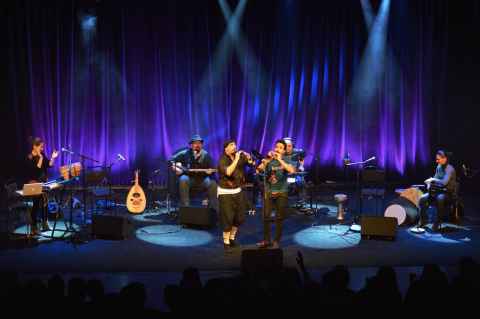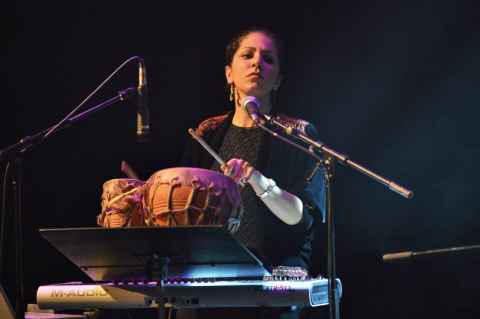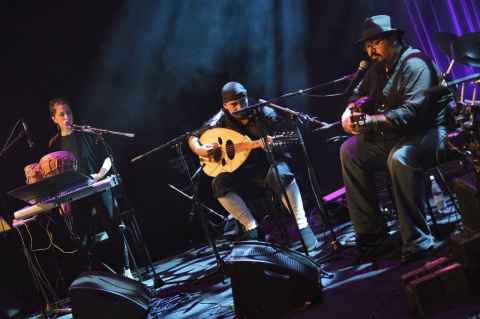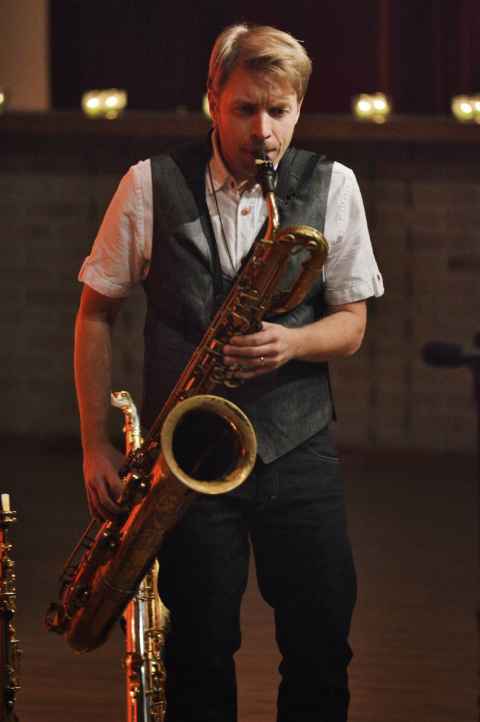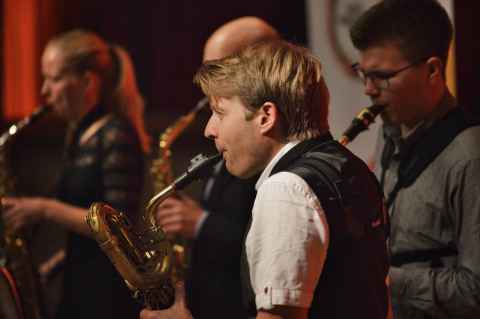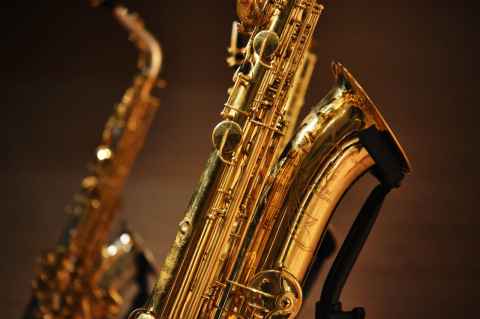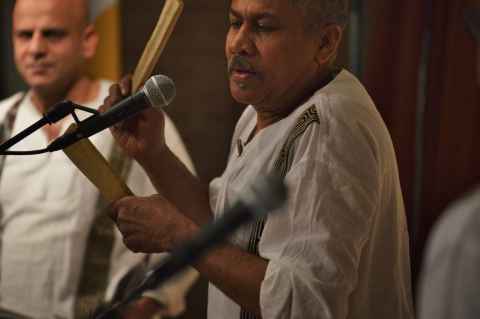Sigma 50-150mm f/2.8 EX DC OS
Since I reviewed the Nikon 70-200mm f/2.8 II, I have rented it once more, and while the overall quality of the lens is, as I wrote, superb, it had two points against it: The price and the 70mm wide end when used on a DX sensor with 1.5x crop factor.
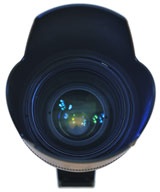
Sigma APO 50-150mm F2.8 EX DC OS HSM
Fast telephoto zoom lens
- Specifications
- OS Image stabilization
- Yes
- Autofocus
- Yes
- Focus motor (AF-S)
- Yes
- Focal length
- Actual
- 50-150 mm
- 35 mm equiv on DX
- 75-225 mm
- Aperture
- Min
- f/2.8
- Max
- f/22
Trade 50mm at the long end for 20mm at the short, and get a lens as good as the Nikon 70-200mm f/2.8 for less than half the price. (5/5)
The price, while certainly set in accordance with what a pro photographer can earn by using it, was and is prohibitive for a hobbyist like me. The 70mm wide end was more of an inconvenience. During my very first outing with the Nikon at a hafla, I ended up not being able to fit the two dancers in a duet in the frame.
Enter the Sigma 50-150mm. 20mm wider at the wide end and less than half the price. You pay a little with it being only 150mm at the long end, though, and this was a point against it for me. However, a quick survey of my favorite shots told me that I rarely go above 135mm, so I took a leap of faith and ordered it. Despite the difference in focal length, it is quite natural to compare it to the Nikon 70-200mm f/2.8 II.
1. What You Get
Let's start of with the philosophy behind the lens, that is, why would you buy one of these monsters when a cheap 55-200 mm will cover the same range?
Given the price and the size, you would perhaps think that you get some kind of magic tunnel into another universe, from which it pours forth a never-ending stream of wonderful photos. Unsurprisingly, this is not the case.
Over Nikon's standard 55-200 mm[a], which is f/4 at the short end and f/5.6 at the long, you get one stop improvement at the short end, and two stops at the long end. This may not sound like much, but for normally-lit stage performances, this means that you'll be shooting at ISO 1600 instead of 3200 or 6400. ISO 1600 still means noise, but today's sensors are quite good at handling it. For example, the Nikon D3200[b] that I use is rated by DxOMark to be just fine up to ISO 1131[c]. Therefore, shooting at ISO 1600 is just 41% above that "A-OK" limit, whereas ISO 3200 and ISO 6400 are 180% and 470% above, respectively - and that makes for a qualitative difference in the final image.
For shooting in brightly lit environments, or when you can just increase the exposure time, a lens like this is a waste of money to buy, space to pack and back muscles to carry. But for high-ISO, low-light capture of still photos where you need a high shutter speed - a tele like this is just what's needed.
I must, however, make it clear that these benefits are only when you shoot wide open at f/2.8. If you're going to stop down to f/4 or beyond anyway, then this lens is a total waste of your money.
So for the reader who has a 55-200 and wants to know whether to get this one: Ask yourself if your photos would be substantially transformed to the better by having one or two stops lower ISO and narrower depth of field. If the answer is anything but a clear "yes", then you should not buy a lens like this.
2. The Lens
It's huge and heavy and looks like the Nikon. A picture says it all:
The tripod collar can be removed by pulling the knob and lifting the upper half of the collar ring. Staring down its maw, we see this:
3. Performance
Let me get the important bit out of the way: The performance is as good as the Nikon. I didn't notice any difference in handling, stabilization or autofocus. Like the Nikon, it just goes. It's trial by fire was the Kista World Music Festival 2013, when I used it to shoot the bands Ajam, Saxtas and Kateking. It performed admirably. Here are some shots that were taken with the Sigma:
4. Summary
If you have had your eyes on the Nikon 70-200mm f/2.8, but either think trading 50mm at the long end for 20mm at the short end is a worthwhile deal, or think that trading 50mm at the long end for a reduction in price to below half of the Nikon - then this lens is for you.
It sure is for me.
